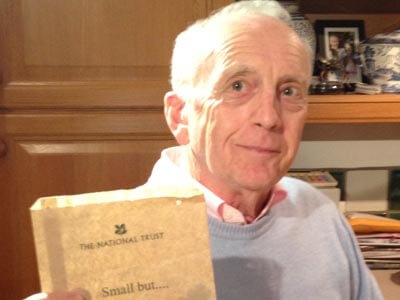David Hancocks

David Hancocks is a member of the Royal Institute of British Architects, and has specialized in planning and exhibit design for zoos, botanic gardens, nature centers and natural history museums, and has published extensively on the design and purpose of wildlife conservation and nature interpretation as an integral aspect of visitor experience and institutional values.
The greater part of his career has concentrated on zoo and natural history museum management. From 1972 until 1984, he served first as design coordinator and then as director of the Woodland Park Zoo, Seattle, Washington. He was executive director of the Arizona-Sonora Desert Museum, in Tucson, Arizona, from 1989 to 1987, and director of Werribee Open Range Zoo, near Melbourne, and director of Strategic Development for Zoos Victoria, Australia, from 1998 to 2003.
In each of his directorial roles he played an active and direct part in exhibit planning and design. In Seattle, he prepared the design policies and Exhibition and Presentation themes, and coordinated the preparation for Woodland Park Zoo’s Long Range Plan that introduced the concepts of bioclimatic zoning and of landscape immersion exhibitry, creating exhibits that aimed to place animal needs at least equal with those of staff and visitors. Until then, architects had a monopoly on zoo design, but after the Woodland Park Zoo work almost all zoo design has been carried out by landscape architects, and the great majority of North American zoo design firms had their origins in the pioneering work at Woodland Park Zoo. At the Desert Museum, David assembled and supervised a design team that won international recognition for innovative exhibits of extraordinary levels of realism.
David has also served as consultant for natural history planning developments around the world, notably across North America, in Australia, Singapore, and in the Netherlands.
His principal impetus in planning and interpretation of wildlife habitats is to help people develop a better understanding of and a deeper awareness and appreciation for all aspects of the natural world, from its plants and animals to the health of its ecological systems, to recognize the interdependency between all living things, and to encourage wise stewardship and support for protection of Nature.
David was born and educated in England, and graduated from the University of Bath.
He is the author of Animals and Architecture; Master Builders of the Animal World; and A Different Nature: The Paradoxical World of Zoos and Their Uncertain Future, which was a finalist for the Los Angeles Times Science Book of the Year. He is co-editor and author of An Elephant In The Room: The science and Well-being of Elephants in Captivity. Articles and Op-Ed pieces by David on planning, design and natural history related topics have been published in The Washington Post, The American Institute of Architects Journal, Landscape Australia, Sydney Morning herald, Seattle Times, The Age (Melbourne), the Journal of Irreproducible Results, BBC Wildlife, The Public Garden, and Museums Australia.